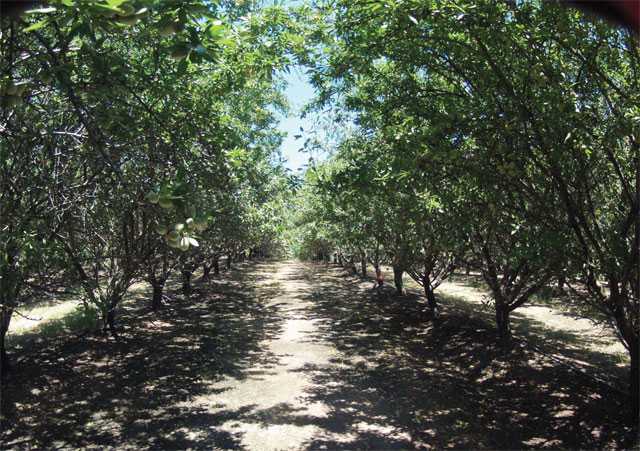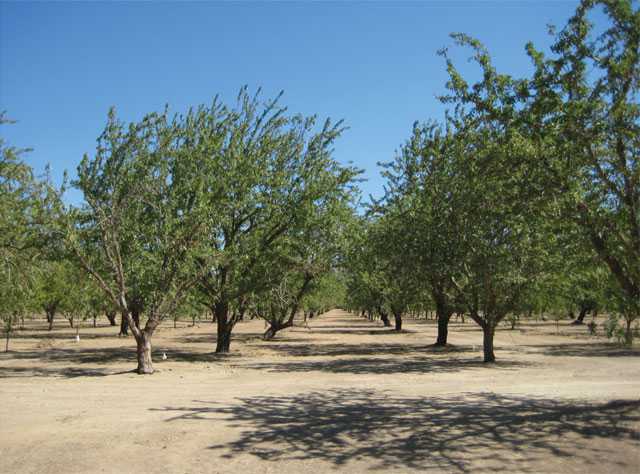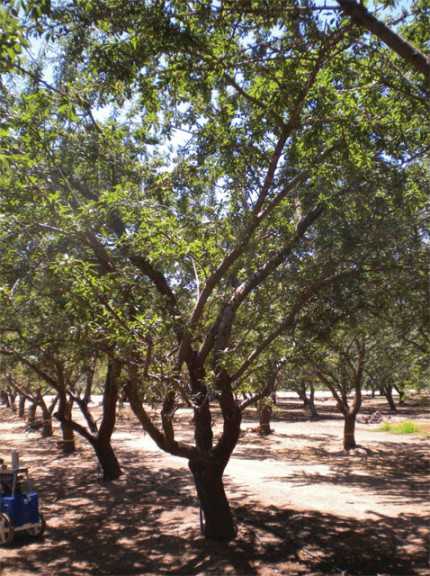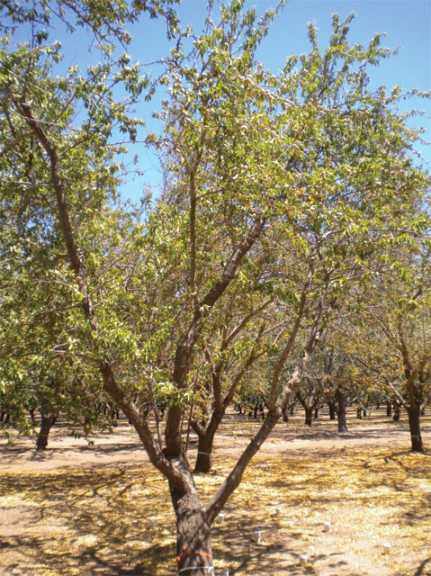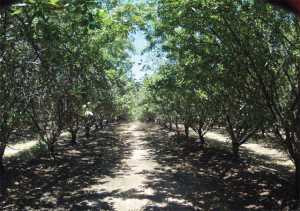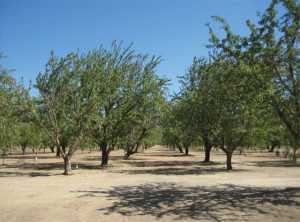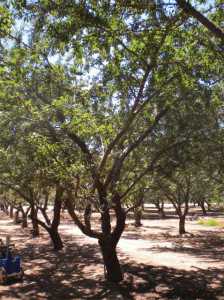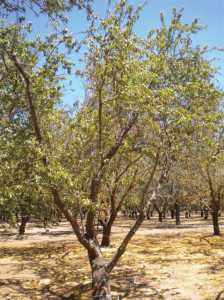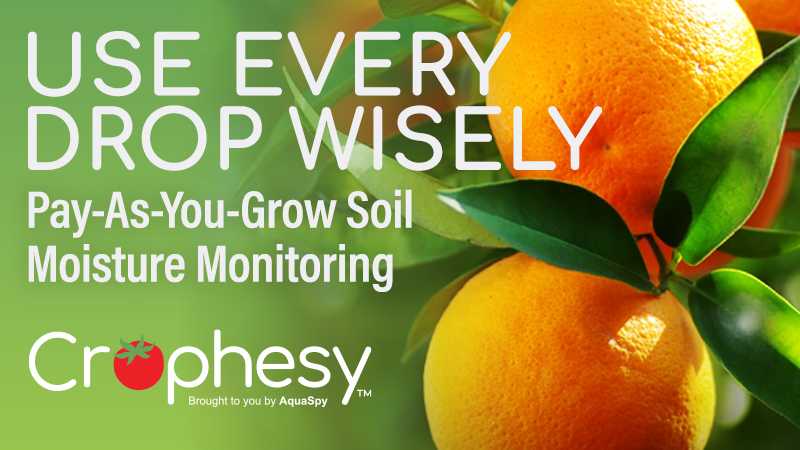7 Drought Survival Tips For Farmers
[blackoutgallery id=”58315″]
At the beginning of a session on irrigation at the Almond Board of California’s annual conference, University of California water guru Ken Shackel said growers were in for a rough ride, and it was still early December.
“I don’t have to tell anybody in this room we’re in a drought, and it’s serious,” he said.
The lecture hall grew very quiet.
The news hasn’t gotten any better since then. In January, for the first time in the 54-year history of the State Water Project, the Department of Water Resources forecasted that there would be zero water deliveries to the 25 million people and 1 million acres of farmland that typically rely on its services.
It’s become the worst drought since the 1970s. Some things haven’t changed since then. For example, the state of California hasn’t added any reservoirs of significant size, meaning our water storage capacity has largely gone unchanged. But other things have changed. The state’s population has more than doubled. And there are more almond trees in the ground — a lot more.
Not only that, but the orchards are more densely planted, and those dense orchards that yield the most are thoroughly irrigated. Showing what a thirsty crop almonds are, a lot of people like to throw around the figure 36 inches for almonds’ annual use. But at that same irrigation session, UC Cooperative Extension farm advisor Bruce Lampinen noted that while it is true the average orchard uses 36 inches, the best orchards use about 56 inches a year.
In light of the drought and the increasing orchard densities, consider the chart and photos on the next few pages, and peruse Shackel’s take-away messages on orchard irrigation. We’ve got to put every last drop of water to use.
To view the current water status, visit U.S. Drought Monitor.
Drought Survival Tips
Drought can be as tough on the grower as it is on your trees. Because the weather is out of our control, we can end up feeling powerless. After crying in a beer or two with your neighbor — especially if you rely heavily on state and/or federal water that at press time just isn’t coming — it’s time to dust yourself and figure out what you can do. Ken Shackel, the University of California-Davis pomologist who is also known as “Dr. H2O,” has the following prescription. You won’t be cured — only Mother Nature can do that — but you’ll feel a little bit better.
- Maintain your irrigation system.You should be doing this annually, anyway, but when you face a limited supply of water, it’s even more critical. Pay attention to uniformity, because when you’re irrigating less, a partially clogged emitter could mean a tree gets cut off.
- Control weeds. This, too, should be routine, but as with maintenance it’s even more important in a drought. Don’t let weeds steal any water; you want every drop for the crop.
- Don’t get too flustered if some trees don’t perform as they have in the past. Under deficit irrigation, you can expect to see differences due to differences in soils.
- Use a pressure chamber to determine when to start irrigating. A pressure chamber will also provide an early warning from soils that will present a significant problem later on. Hopefully you can adjust your irrigation approach before these areas become a problem.
- Make sure any steps you take have proven benefits.For example, there is no evidence that heavy pruning or kaolin/whitewash sprays do any economic good to mitigate drought conditions.
- Take advantage of the benefits of less available water. One silver lining to the drought is that mild to moderate stress at the start of hull split actually is good because it speeds up hull split and reduces hull rot.
- As a grower, you’ve got to be an optimist, but you also have to be a realist. Expect a reduced kernel size this year, and reduced bloom and set next year.




